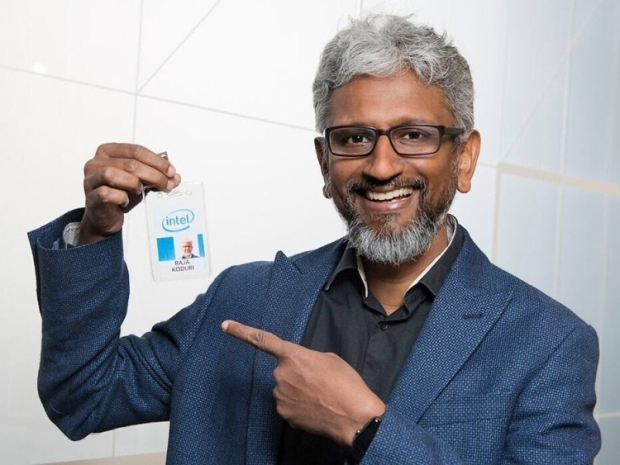Intel senior vice president, chief architect, and general manager of architecture, graphics and software Raja Koduri said: “HPC and AI workloads demand diverse architectures, ranging from CPUs, general-purpose GPUs and FPGAs, to more specialised deep-learning NNPs, which Intel demonstrated earlier this month.
“Simplifying our customers’ ability to harness the power of diverse computing environments is paramount, and Intel is committed to taking a software-first approach that delivers a unified and scalable abstraction for heterogeneous architectures.”
At Supercomputing 2019, Intel unveiled a new category of general-purpose GPUs based on Intel’s Xe architecture.
Code-named “Ponte Vecchio”, this new high-performance, highly flexible discrete general-purpose GPU is architected for HPC modelling and simulation workloads and AI training. Ponte Vecchio will be manufactured on Intel’s 7nm technology and will be Intel’s first Xe-based GPU optimized for HPC and AI workloads.
Ponte Vecchio will use Intel’s Foveros 3D and EMIB packaging and feature multiple technologies in-package, including high-bandwidth memory, Compute Express Link interconnect and other intellectual property.
Meanwhile, Intel also launched the oneAPI industry initiative to deliver a unified and simplified programming model for application development across heterogeneous processing architectures, including CPUs, GPUs, FPGAs and other accelerators.
The launch of oneAPI represents millions of Intel engineering hours in software development and marks a game-changing evolution from today’s limiting, proprietary programming approaches to an open standards-based model for cross-architecture developer engagement and innovation, claimed Intel.




